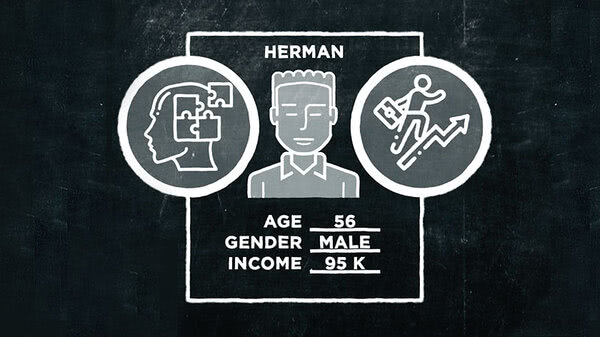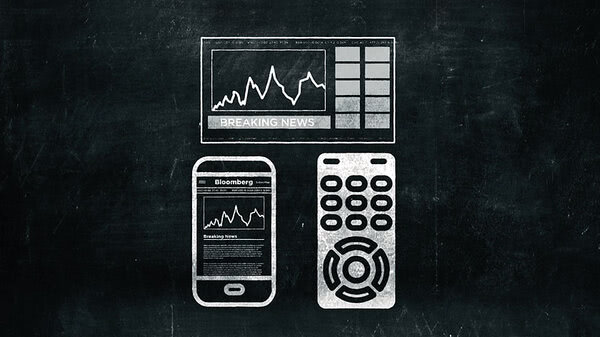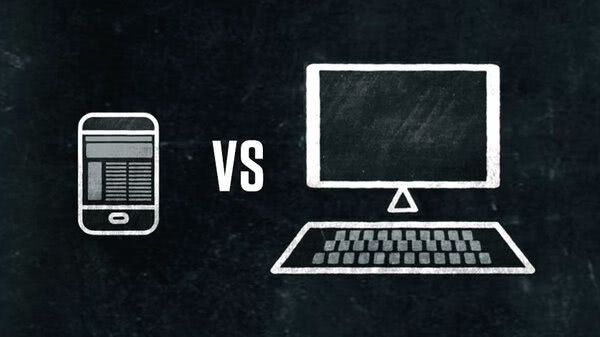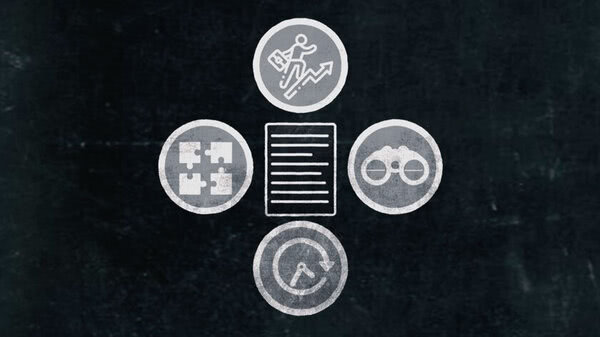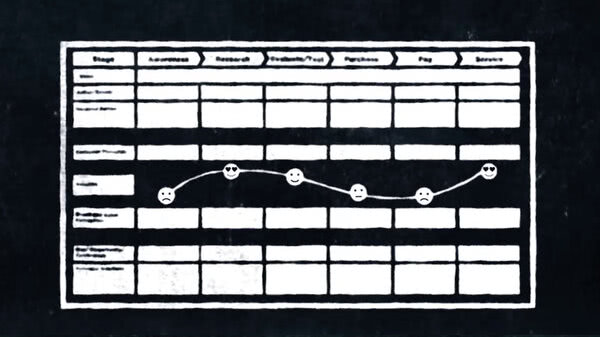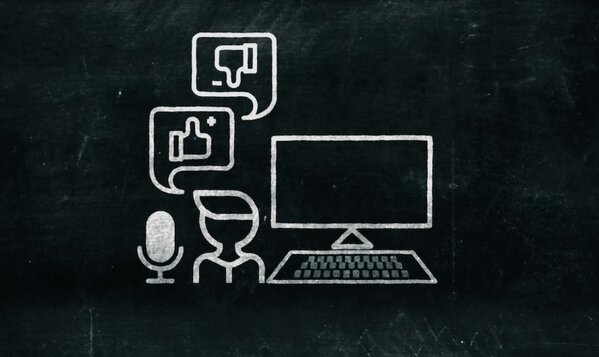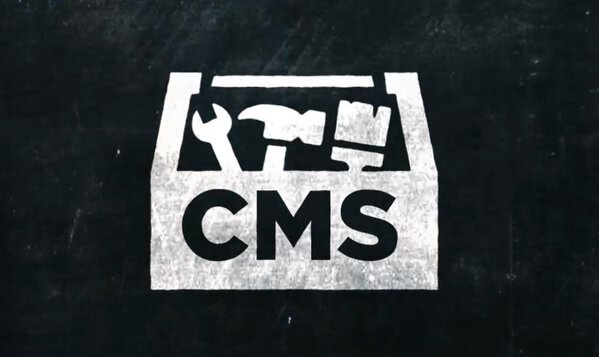In this video, we're going to look at the five most common error types that crop up during usability testing, because you're bound to make some of them. When you do, just remind yourself that failure is almost always a better teacher than success.
One of the most common usability testing errors is lack of focus. This usually results from trying to test for too many things at once. At first, it may seem like you can save money and time by including as many questions and variables as you can in one session. But it's usually a false economy.
If you test for too many variables at once, it becomes difficult to tell which variable is causing what reaction. Your results can end up jumbled.
The second type of error is sampling error. This is usually the result of selecting inappropriate testers for your study.
So who are the wrong testers? In one sense, there's no such thing as a wrong tester as almost anybody should be able to easily navigate your website or application.
However, you'll probably get more significant results by drawing your test users from the pool of people who are most likely to visit your website.
Judicious use of screening questions during the recruitment phase will also reduce the chance of sampling error.
And remember, you could often recruit testers directly from your website using a platform like UserTesting.com.
Comprehension error is a failure of study participants to understand the task or question. Most often, this is the result of industry or technical jargon, second nature to you, but gibberish to many users. But, sometimes, it's because the questions or instructions aren't clearly worded.
The solution is to frame tasks and ask questions using plain English. Reading your questions aloud can be a big help with this. And get a reader, preferably not an industry insider, to look over them.
Faulty participant recall occurs when test subjects can't recall an event or information. It's usually the result of being asked about something that has happened a long time ago.
The solution to this is to ask questions about tasks or procedures immediately after that task has been completed.
Acquiescence bias occurs when testers answer more to conform to social norms than to see what they actually believe. This can occur for all kinds of reasons: embarrassment, reluctance to disappoint the tester or just politeness.
The cure for this kind of error is to assure participants that their responses will remain anonymous. Remind them that no one is going to be offended by anything that they say or write. You just want the truth. Really.
Any of these errors can invalidate or muddy your results. So you want to guard against them. Once they've occurred, sorry, the only way to correct them is to reframe the questions or tasks and repeat the test.
But that's why you do a dry run as we talked about a couple of videos back. Then, it's why you watch these Blackboard videos, where you get to learn from everyone else's mistakes.




